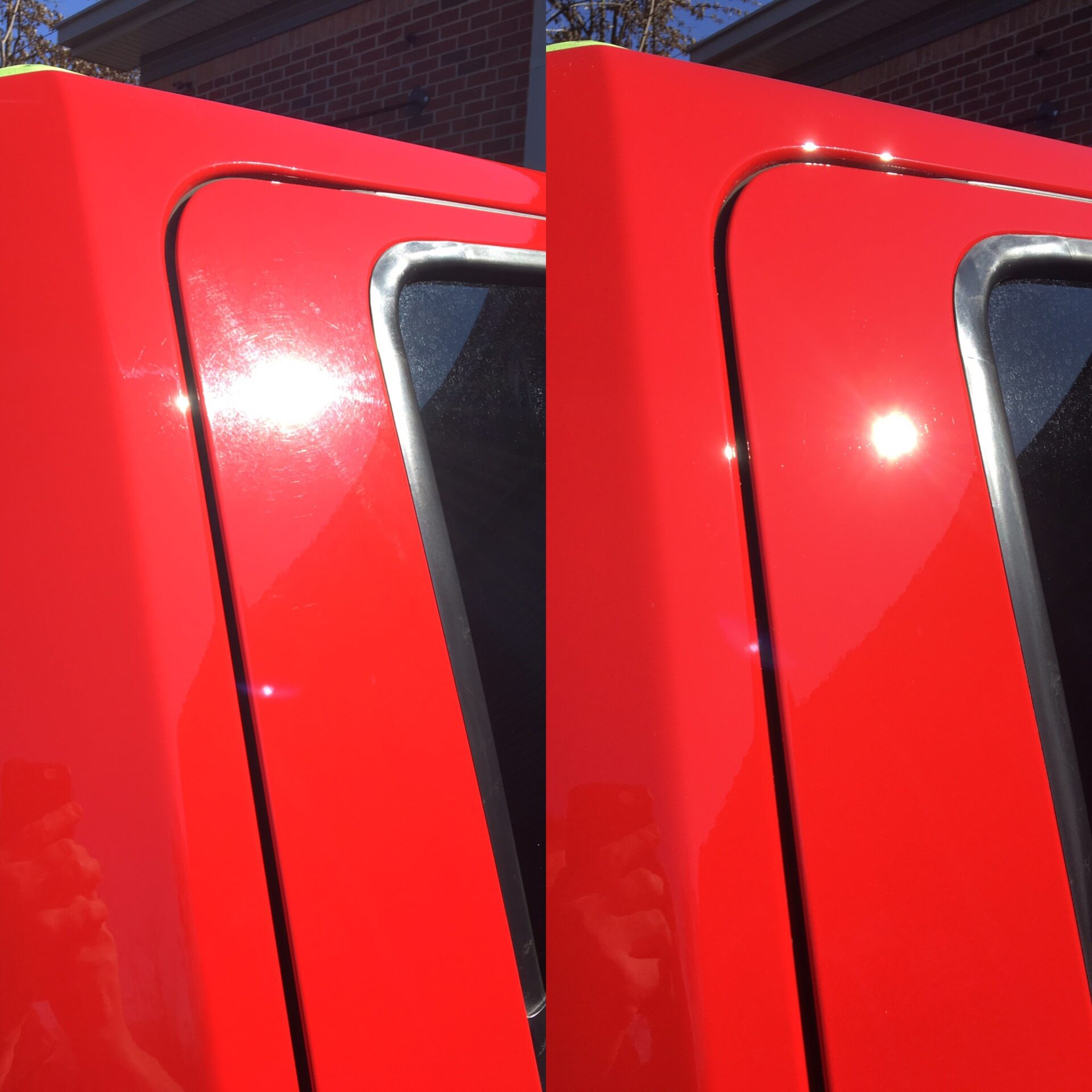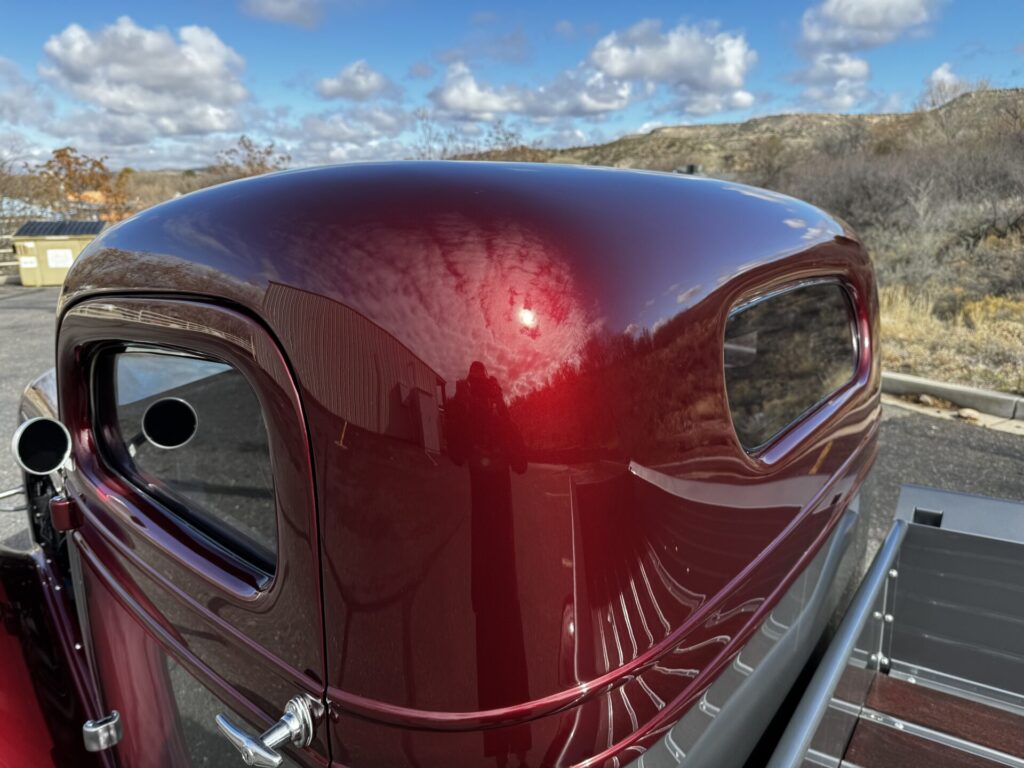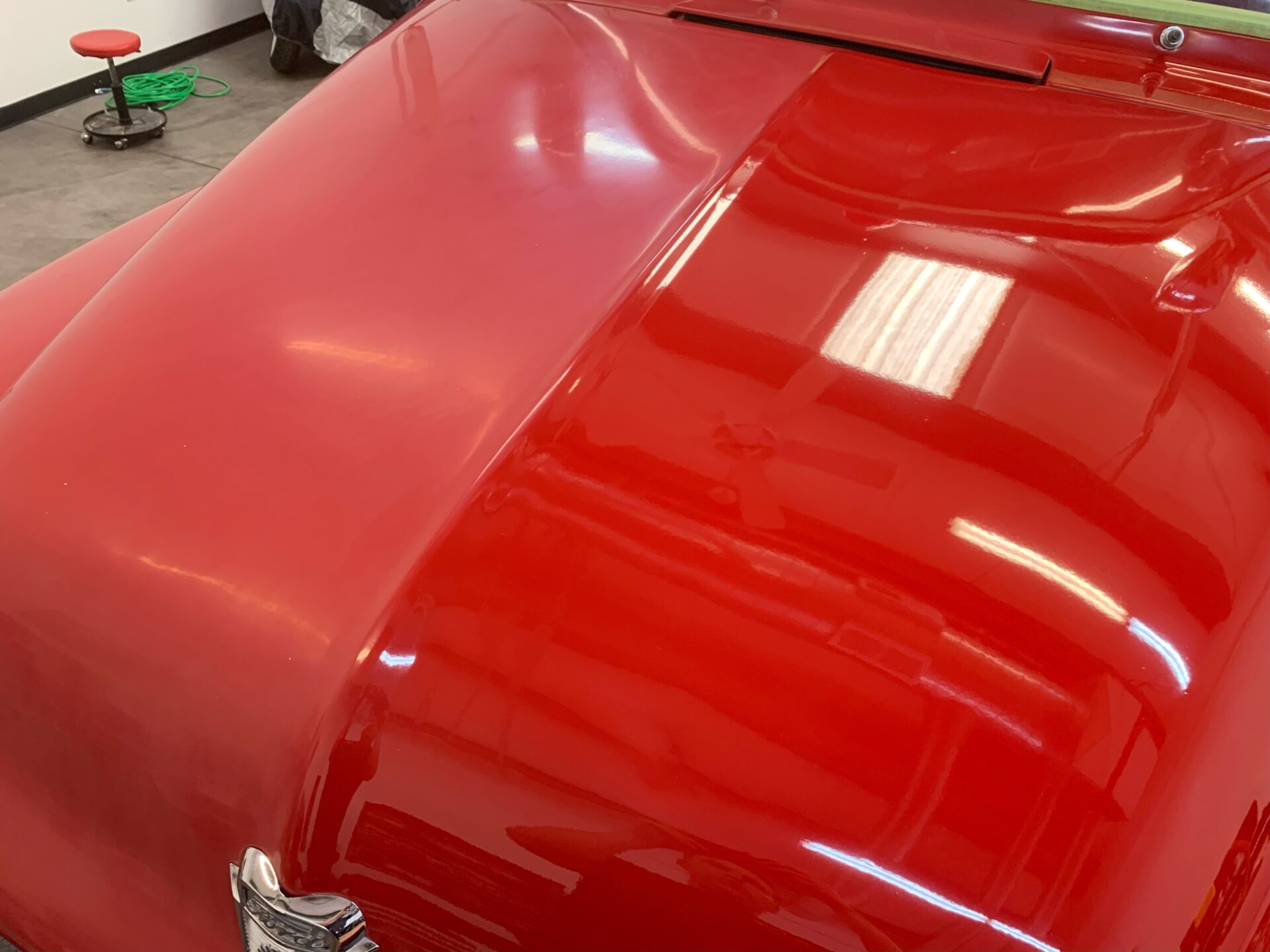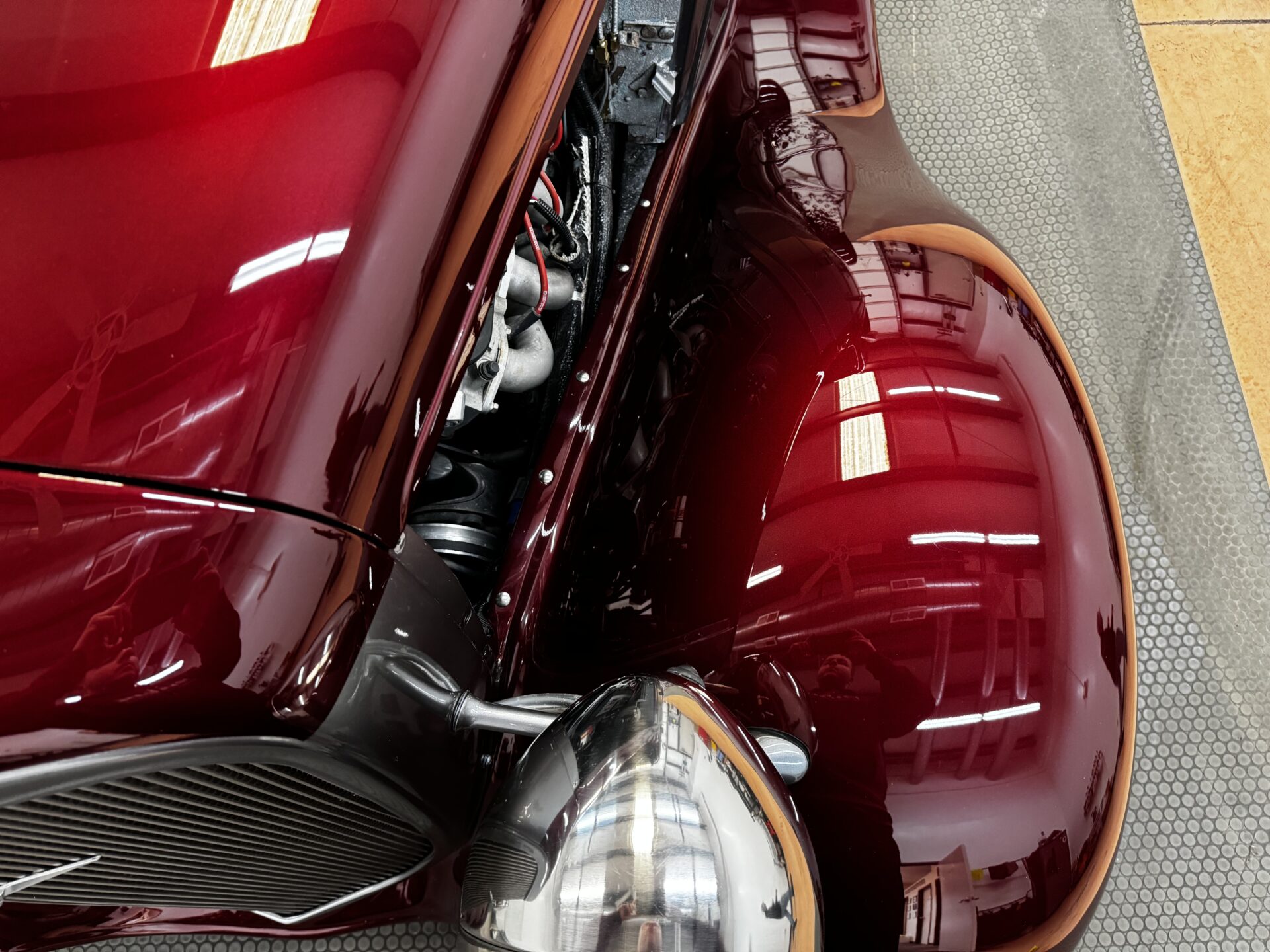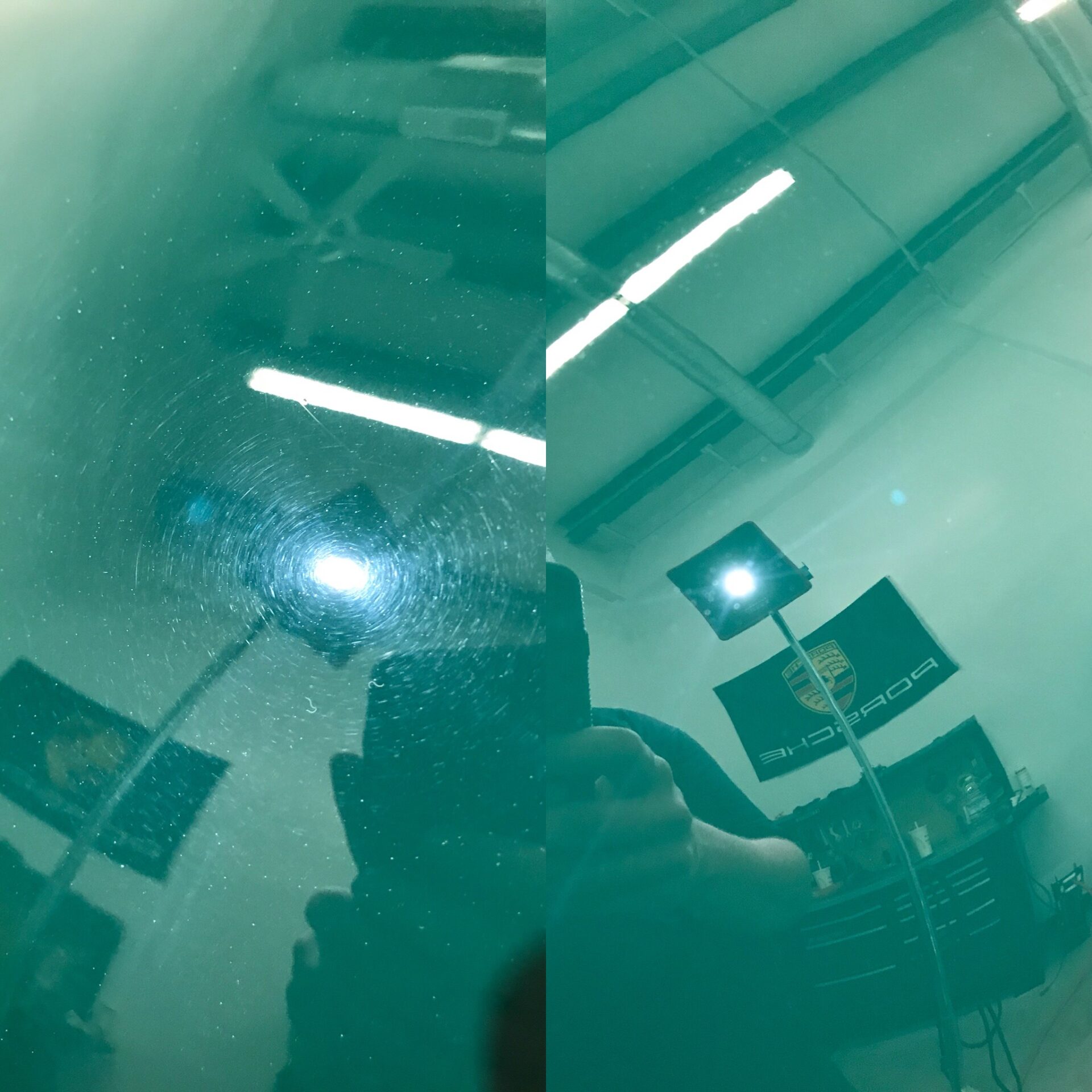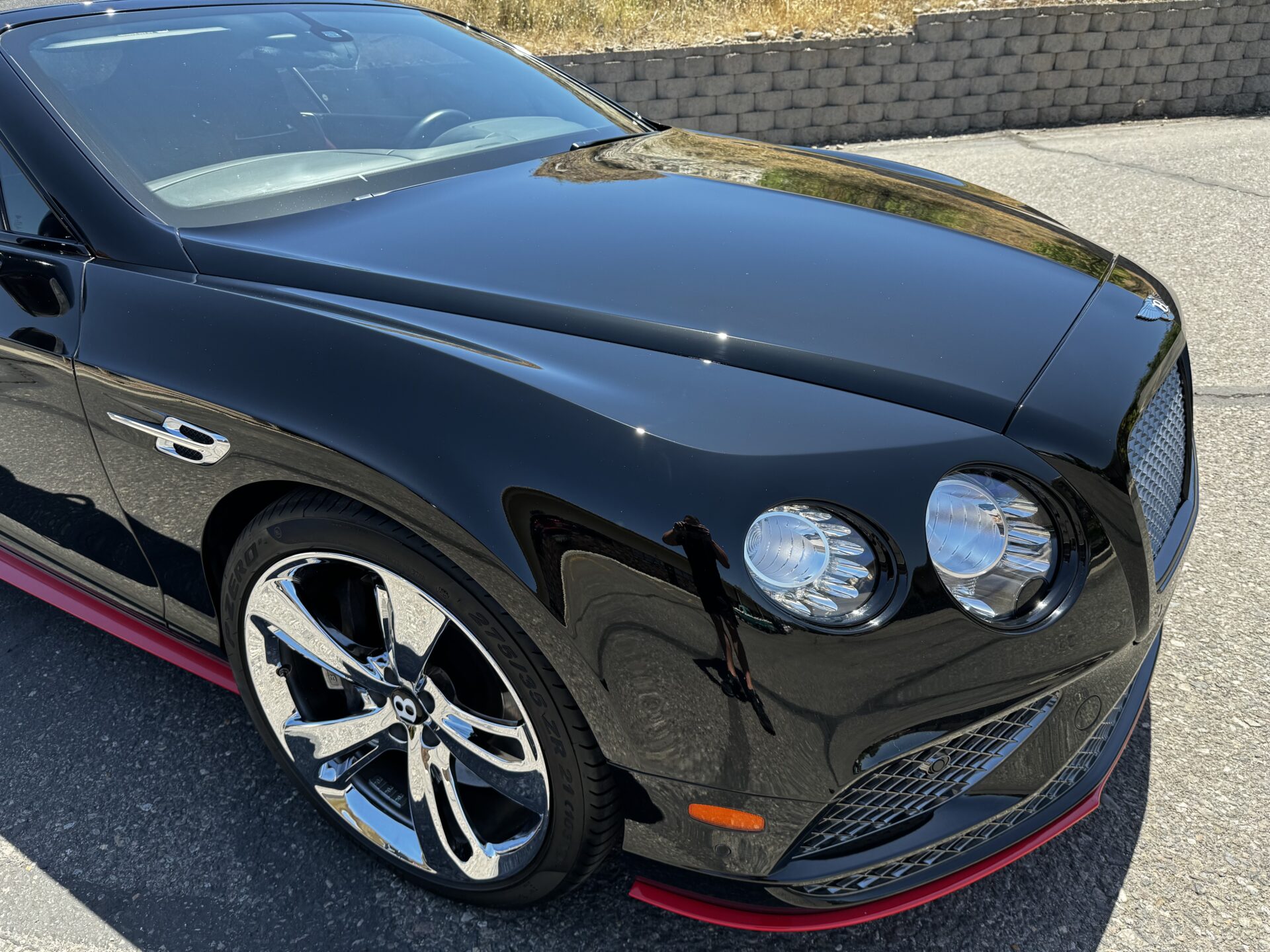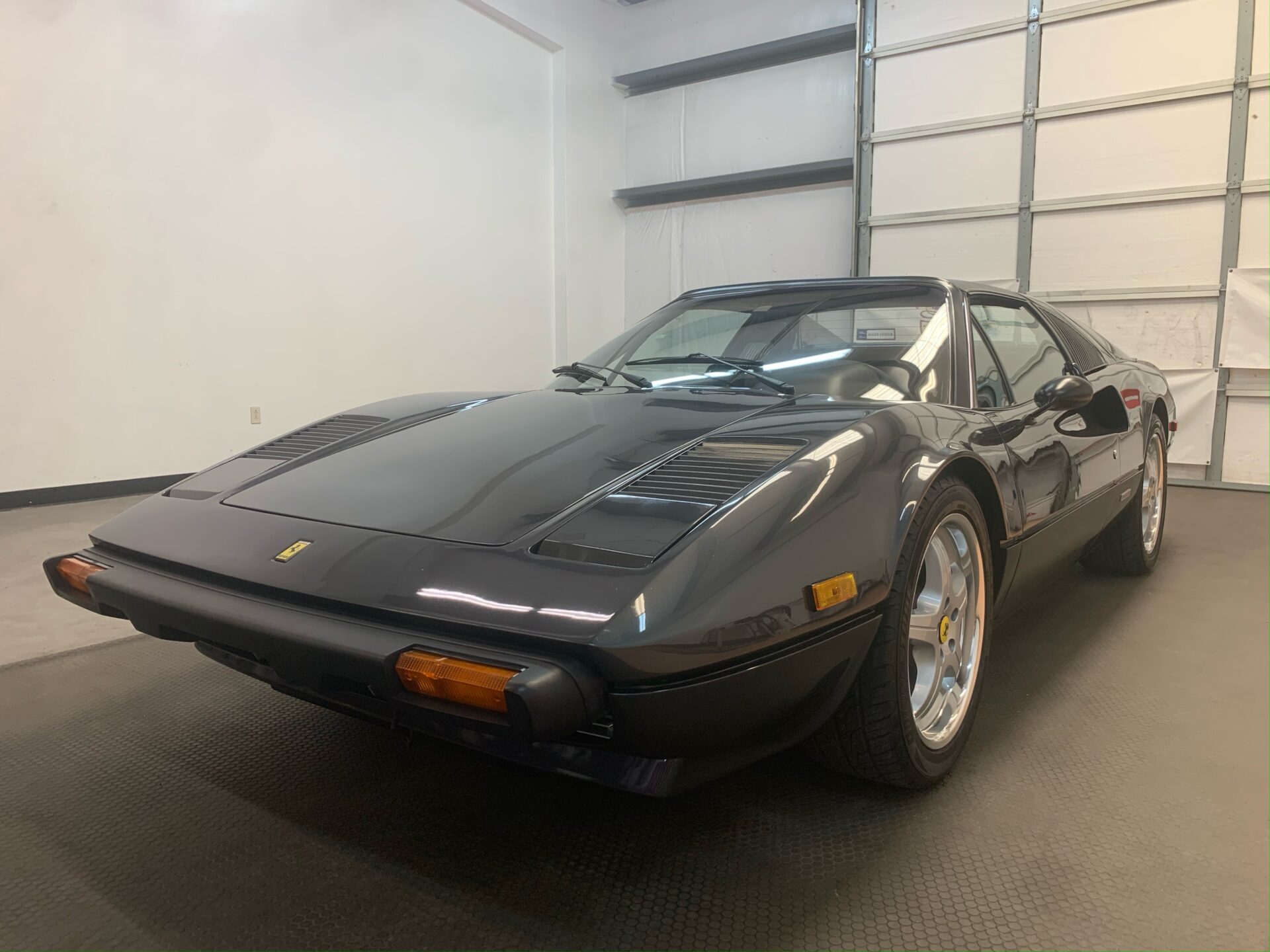WHAT CAUSES SWIRL MARKS?
Swirl marks are circular scratches on car paint caused by various factors. They occur due to friction between the car’s paint surface and debris. Swirl marks can also be created by improper washing techniques, such as using a dirty wash mitt or microfiber cloth and harsh chemicals, which grind debris into the paint. Washing or drying your car in a circular motion can also drag debris across the paint, resulting in swirl marks.
These defects are noticeable under bright light and can significantly affect your car’s appearance. While new, freshly painted, or professionally detailed vehicles usually lack swirl marks, most other cars develop them over time, even with good maintenance.
